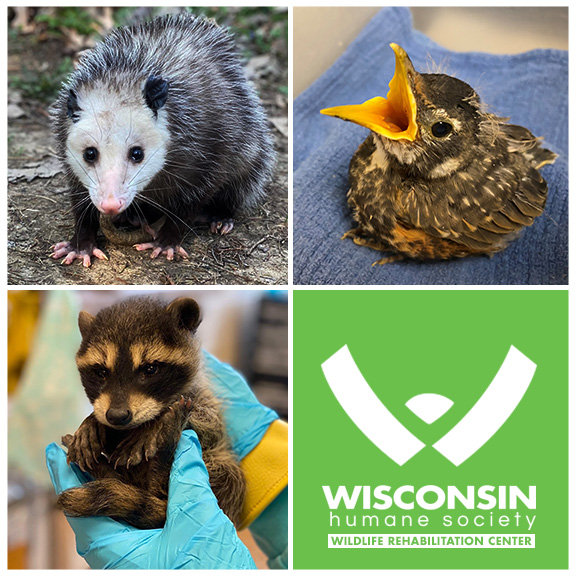Preventing Window Collisions (WIngs)
- What is the bird-window collision problem?
- What to do if you have found a window collision victim
- Prevent window collisions at home
- Prevent collisions at your business
- Prevent window collisions at your school
- Become a WIngs Bird Collision Monitor
- Resources and Additional Information
What is the bird-window collision problem?
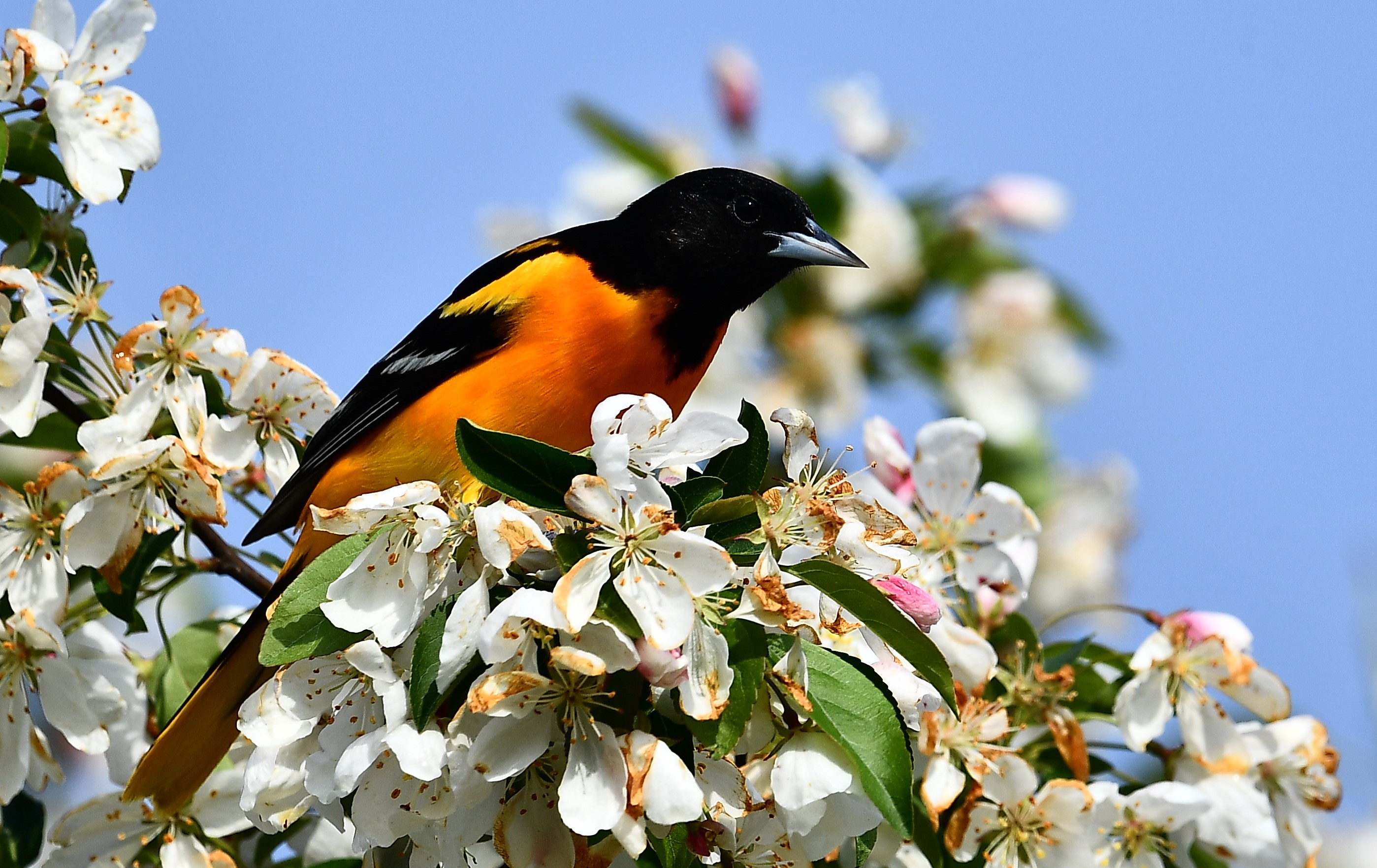 Hundreds of avian window collision victims are admitted to the Wisconsin Humane Society's wildlife rehabilitation hospital each year and it is estimated that between 300,000,000 to 900,000,000 birds die each year in North America from building collisions alone! Navigating near and around glass is a foreign concept for birds (no non-manmade substance functions like glass quite in the same way) and when they encounter it, birds either become exhausted and disoriented attempting to navigate around it, they try to “fly through” the landscape reflection that they see in the glass (meaning that they can’t “see” or “understand” the glass until it is too late), or in the case of aligned windows on buildings, glass-enclosed skywalks/walkways, and corners – they may try to fly through the “tunnel” to gain access to the other side. These birds already face a wide variety of threats, including habitat destruction here and on their wintering grounds in Central and South America. With
Hundreds of avian window collision victims are admitted to the Wisconsin Humane Society's wildlife rehabilitation hospital each year and it is estimated that between 300,000,000 to 900,000,000 birds die each year in North America from building collisions alone! Navigating near and around glass is a foreign concept for birds (no non-manmade substance functions like glass quite in the same way) and when they encounter it, birds either become exhausted and disoriented attempting to navigate around it, they try to “fly through” the landscape reflection that they see in the glass (meaning that they can’t “see” or “understand” the glass until it is too late), or in the case of aligned windows on buildings, glass-enclosed skywalks/walkways, and corners – they may try to fly through the “tunnel” to gain access to the other side. These birds already face a wide variety of threats, including habitat destruction here and on their wintering grounds in Central and South America. With 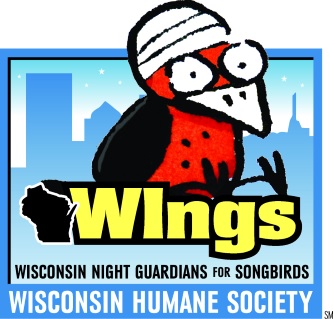 so many challenges already facing these birds, it is vital that we help to make our communities safe for the many thousands of migrating birds that pass through our area in the spring and fall, as well as the resident birds who are with us all year long.
so many challenges already facing these birds, it is vital that we help to make our communities safe for the many thousands of migrating birds that pass through our area in the spring and fall, as well as the resident birds who are with us all year long.
Learn more about the WIngs (Wisconsin Night Guardians for Songbirds) Collision Monitor Program by watching these two videos by Wisconsin Public Television:
Back To TopWhat to do if you have found a window collision victim
Click here for more information on this topic!
If a small bird has collided with your window and is on the ground or otherwise appears to be injured, you can use one of the following methods to contain it:
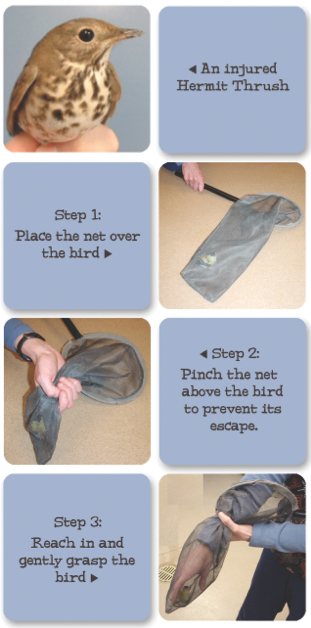
- Approach the bird slowly and quietly, ideally from behind, and capture it with your hands by gently grasping it around the body from behind. Caution: while most small birds have weak bills and feet and are not capable of biting or grasping very hard, some large-billed songbirds like Northern Cardinals, Rose-breasted Grosbeaks, and American Crows CAN bite pretty hard. It is recommended that you wear a pair of lightweight leather gloves when capturing these, and small birds of prey like Eastern Screech Owls and American Kestrels. For guidelines for capturing larger birds such as ducks, geese, and larger birds of prey, see below.
- Cover the bird with a cloth, and use the cloth to pick it up.
- Gently scoop the bird into, or cover with, a cardboard box.
- Capture the bird by placing a fine-mesh net such as a butterfly net or swimming pool skimmer net over it. With the bird still inside the net, pinch the net to keep the bird from escaping, and then reach in to grasp the bird by and and transfer it to a box, paper bag, or other suitable container. Don’t try to lift up an edge of the net to slip your hand underneath it; lifting the edge of the net will give the bird a chance to escape.
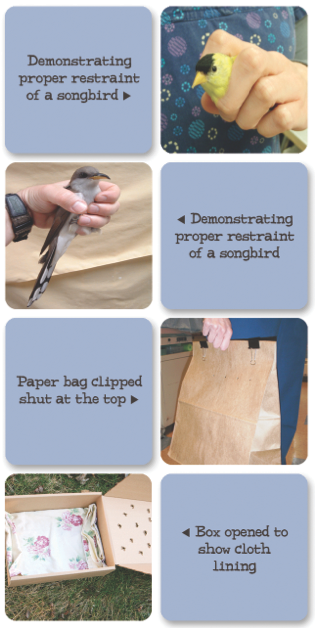 Once captured, place the bird in a box or paper grocery bag that has small, pencil-sized air holes poked through the side and/or top. Include a ravel-free cloth (pillow case or T-shirt), paper towels, or newspaper on the floor of the container.
Once captured, place the bird in a box or paper grocery bag that has small, pencil-sized air holes poked through the side and/or top. Include a ravel-free cloth (pillow case or T-shirt), paper towels, or newspaper on the floor of the container. - Close the container securely and place it in a dark, quiet, warm place where it will be undisturbed (keep children and pets away) for about an hour.
- After an hour, open the container outdoors. If the bird comes out and flies away, it has recovered. If it does not fly, flies weakly, falls over, flies in circles, or otherwise appears to be injured, close the container or recapture the bird and call your local wildlife rehabilitator. If you are in Milwaukee County, please call us for further advice at (414) 431-6204.
If a large bird has collided with your window and is on the ground or otherwise appears to be injured, you can use one of the following methods to contain it:
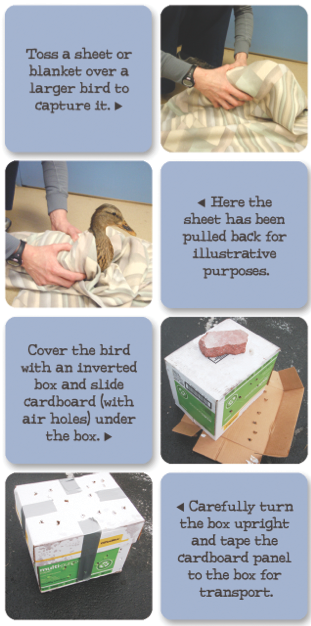
- You should be very careful when trying to capture/contain any of these birds. Some have sharp talons and others have sharp or powerful bills. They use these “weapons” to defend themselves from predators, and they don’t know that you are trying to help them.
- When attempting to contain any bird that has a long, sharp bill (e.g. a heron or crane) you should wear safety glasses or a plastic face shield to protect your eyes. These birds defend themselves by jabbing with their bill, often at their “attacker’s” face. Ideally, these birds are then contained by holding a large blanket or bed sheet open in front of you and using it to drape completely over the bird.
- For any bird that has sharp talons (e.g. a hawk or owl) you should wear thick leather gloves, ideally, welding-type gloves with gauntlets that protect your forearms. However, these birds may still be able to penetrate the gloves with their talons, so don’t try to grab these birds directly by hand. Instead, for these and any other larger bird such as a duck or goose, cover the bird with a sheet or blanket, or use an empty box. After covering the bird with the box, gently slide a flat piece of cardboard or similar rigid material under the bird to contain it in the box. You’ll then need to tape or tie the box to the flat piece of cardboard to make sure the bird can’t get out of the box.
After you contain the bird, keep the following tips in mind:
- Stressors such as loud noises, talking, excessive handling, or the close proximity of pets or people can create life-threatening stress for the bird. You should minimize stress by not playing your car radio during transport and by keeping talking and other noise to a minimum. Do not needlessly look in on the contained bird.
- Do not give it food, water, or medication unless you are directed to do so by a licensed wildlife rehabilitator.
- Get the bird to a licensed wildlife rehabilitator AS SOON AS POSSIBLE. Once an animal is injured, the clock is ticking. The sooner an animal gets to a licensed wildlife rehabilitator for treatment, the better the chances for a good outcome. By law, you have a 24-hour grace-period in which to get the captured bird to a licensed wildlife rehabilitator.
Back To Top
Things you can do to your home
NEW! Window clings now available in our online store - just $3 for nine squares. CLICK HERE to purchase! Special thanks to our friend and avian advocate, Jeff Rusinow, for supporting this special promotion. Supplies are limited, so get them while they last!
- To keep birds from seeing in one window and out another window, simply close the blinds or curtains on one of the windows. Without obscuring the window, birds often think they can fly through these "tunnels" and are injured or killed as a result.
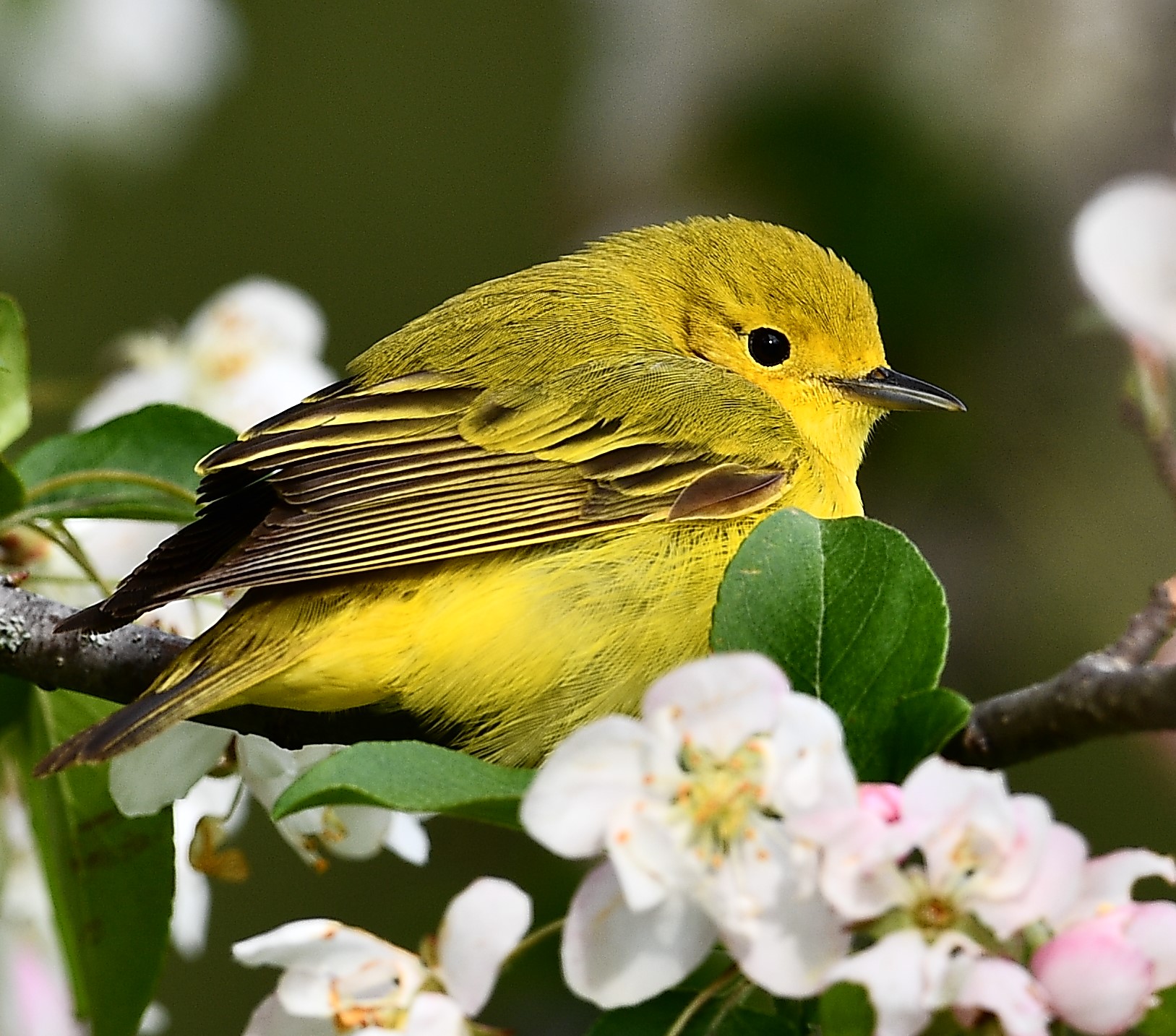
- Break up reflections on your windows by applying window clings/decals or tape. You can purchase Whispering Windows®, WindowAlerts, or CollideEscape Bird Tape from our online store. In some cases, to be fully effective clings may have to be placed as close as 2" apart. See the video below for instructions on how to correctly apply your clings.)
- Hang brightly colored fluttering ribbons, such as Irritape holographic Mylar tape, in front of windows.
- Hang vertical strips of parachute cord, such as Acopian BirdSavers, in front of your windows.
- Or, tie unwanted compact disks (CDs) hanging on string in front of the window so that they turn in the wind.
- Install fine-mesh plastic netting in front of windows. Leave a few inches between the glass and the netting to allow birds to collide softly with the mesh instead of hitting the glass.
- Emilinate reflections completely by applying CollidEscape® film to the outside of windows.
- Reduce the risk of window collisions for birds visiting your feeders by placing them either very close (within three feet) or at least ten yards away from windows.
- Lower window awnings to shade your windows and reduce reflections.
Things that can be done at businesses
Tall buildings that use the “lights out” guidelines below may save, in addition to the lives of many birds, thousands to even hundreds of thousands of dollars from their energy bill and significantly reduce their building’s “carbon footprint!”
For tall buildings and buildings located on "migration corridors" like lake shores, rivers, greenways, or ridges, minimize or extinguish night lighting (lighting visible through exterior windows and exterior vanity lighting) between the hours of 11:00 p.m. and 7:00 a.m. during the migration periods of mid-August through October and mid-March through May. Night-migrating birds may be attracted to brightly lit buildings. You can reduce the likelihood that they’ll be attracted to yours by:
- Utilizing motion detectors to control lights when lighting is necessary.
- Scheduling night cleaning to reduce the amount of time lights are needed.
- Programming light timers to fit hours of operation and cleaning.
- Reducing perimeter lighting.
- Installing lower-intensity lighting.
- At night, move activities requiring light to interior rooms or use low-intensity task lighting like desk lamps.
- For specific areas where birds collide during the daytime with windows on the bottom 3-4 stories of your building, you can install CollidEscape®, Bird Screens®, WindowAlerts® or other treatments to reduce collisions.
Is your company considering constructing a new building or planning to renovate an existing building? Please help keep wild birds safe by incorporating “bird-friendly building design” into your plans!
Learn more about bird-friendly building design from the American Bird Conservancy.
You can also view and download their Bird-friendly Building Design Guide.
Back To TopThings that can be done at schools
Take action to reduce bird collisions at your school or campus by becoming a bird-safe classroom!
CLICK HERE to learn more.
We encourage you to coordinate with teachers, administrators, building support staff and other students to make the biggest impact.
Back To TopBecome a WIngs Bird Collision Monitor
.jpg) Become a seasonal WIngs (Wisconsin Night Guardian for Songbirds) Bird Collision Monitor during peak migration season.
Become a seasonal WIngs (Wisconsin Night Guardian for Songbirds) Bird Collision Monitor during peak migration season.
Large cities can be dangerous for migratory birds, and they need your help! Migratory birds are disoriented by reflections on glass and mirrored window surfaces, glass walkways, and bright lights that illuminate the night sky. That's where WIngs (Wisconsin Night Guardian for Songbirds) Bird Collision Monitors play a role and step in to rescue these fallen birds. Through a wonderful partnership between the Wisconsin Humane Society Wildlife Rehabilitation Center and Urban Ecology Center (UEC), volunteers patrol areas of downtown Milwaukee in the early morning hours during periods of peak migration (Spring: mid-April and May; Fall: September and October), while also tracking specifics as to where and when birds were found. Injured birds are then transported to the Wisconsin Humane Society Wildlife Rehabilitation Center by UEC volunteers for immediate, life-saving care. Additionally, the data collected from monitoring is utilized to better understand the window collision problem in Milwaukee and take steps toward reducing collisions in the future!
If you are interested in volunteering as a WIngs Bird Collision Monitor, please connect with the Urban Ecology Center via email at tvargo@urbanecologycenter.org to learn how you can help migratory birds!
Back To TopResources and Additional Information
.jpg) Shop our Animal Antics retail store for bird collision prevention tools!
Shop our Animal Antics retail store for bird collision prevention tools!
Additional Links to other organizations also taking action to prevent bird collisions:
- FLAP (Fatal Light Awareness Program) Canada
- New York Audubon Project Safe Flight
- American Bird Conservancy (ABC) Glass Collisions
- Cornell Lab of Ornithology How to Avoid Window Collisions
- Bird Collision Network (Chicago)
- Humane Society of the United States (HSUS): Make your Windows Bird Safe
- Bird-friendly Building Design
- Madison Audubon
